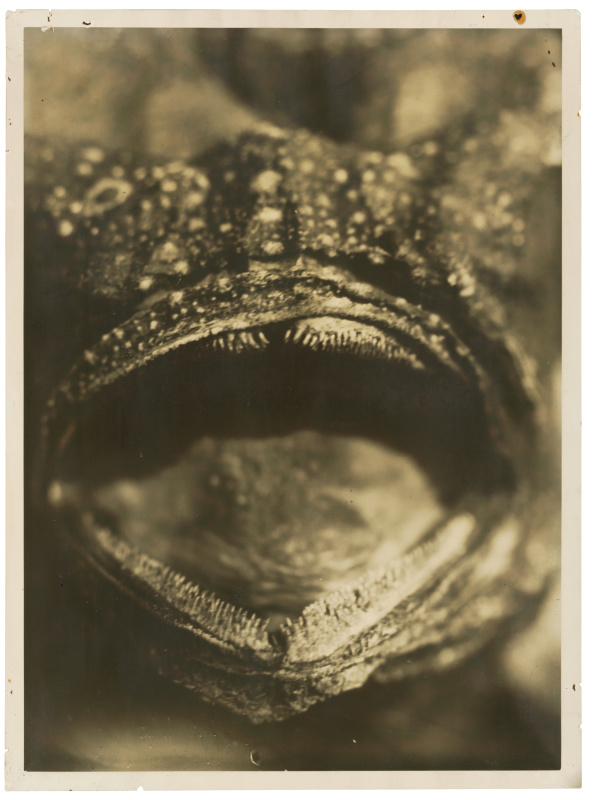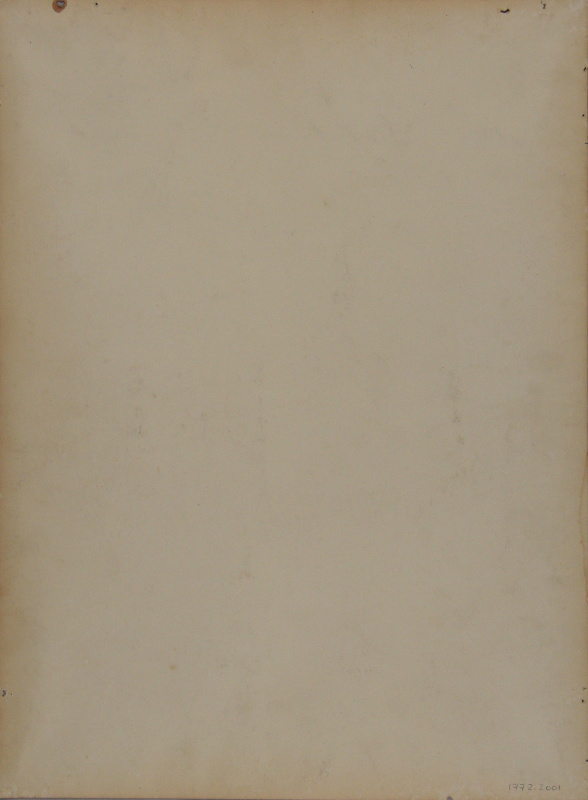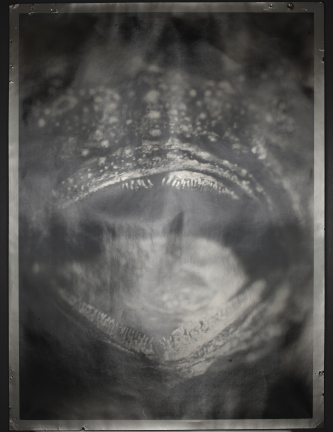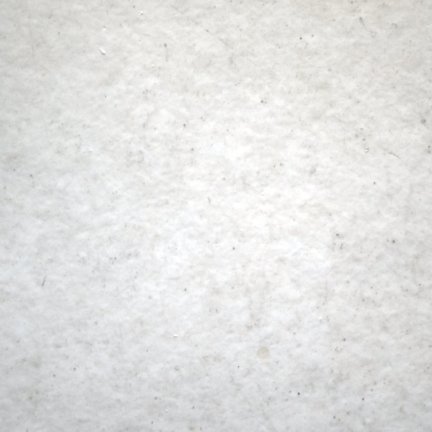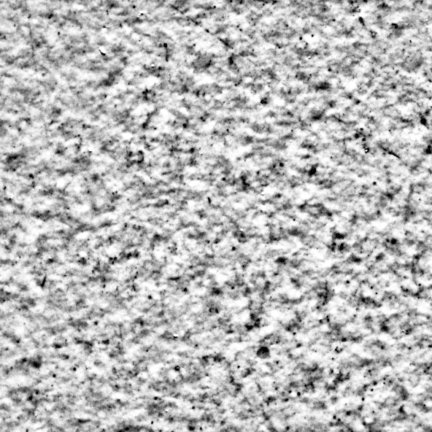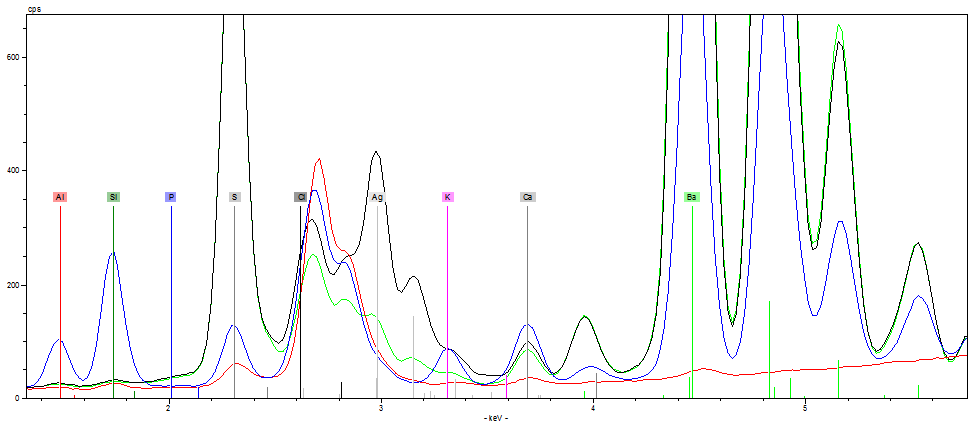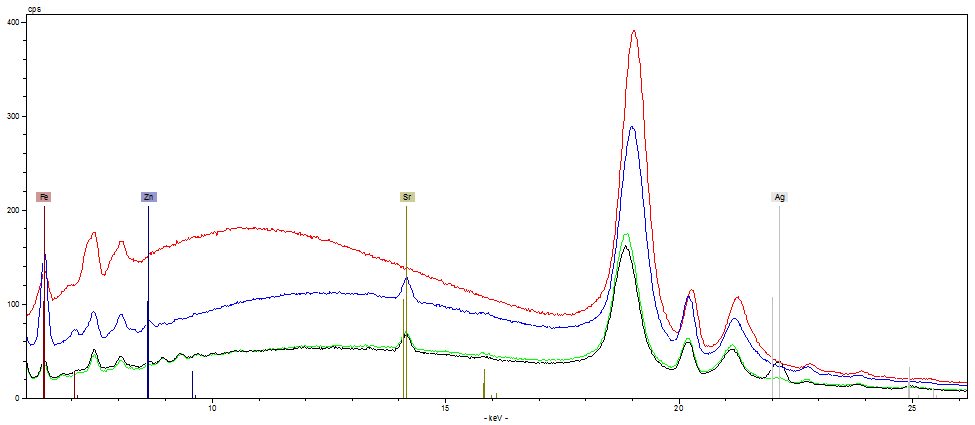Front / Recto
- Title Mouth of a Fish (Gueule de poisson [de face])
- Negative Date 1930
- Print Date 1930–35
- Medium Gelatin silver print
- Dimensions Image 14 1/4 × 10 3/8" (36.2 × 26.3 cm)Sheet 14 15/16 × 11 1/8" (38 × 28.2 cm)
- Place Taken Paris
- Credit Line Thomas Walther Collection. Gift of James Johnson Sweeney, by exchange
- MoMA Accession Number 1772.2001
- Copyright © 2015 Les documents cinématographiques, Paris
Back / Verso
- Mount Type No mount
-
Provenance
The artist, Paris; probably by inheritance to the artist's estate; sold through Hôtel Drouot, Paris, to Herbert Molderings, Cologne, October 14, 1985 [1]; purchased by Thomas Walther; purchased by The Museum of Modern Art, New York, 2001.
[1] MacGill/Walther 2000, p. 23; and Nouveau Drouot catalogue for October 14, 1985, sale, cat. 44.
Surface
- Surface Sheen Semireflective
- Techniques Enlargement
- PTM
-
Micro-raking
Raking-light close-up image, as shot. Area of detail is 6.7 x 6.7 mm. Department of Conservation, MoMARaking-light close-up image, processed. Processing included removal of color, equalization of the histogram, and sharpening, all designed to enhance visual comparison. Department of Conservation, MoMA
Paper Material
- Format Metric
- Weight Double weight
- Thickness (mm) 0.28
- UV Fluorescence Recto negative Verso negative
- Fiber Analysis Softwood bleached sulfite 47% Hardwood bleached sulfite 2% Rag 6% Bast 1% Grass 43% Softwood bleached kraft/soda 2%
- Material Techniques Developing-out paper
-
XRF
This work was determined to be a gelatin silver print via X-ray fluorescence (XRF) spectrometry.
The following elements have been positively identified in the work, through XRF readings taken from its recto and verso (or from the mount, where the verso was not accessible):
- Recto: P, S, Cl, Ca, Cr, Zn, Sr, Ag, Ba
- Verso: Al, Si, S, K, Ca, Cr, Fe, Zn, Sr, Ba
The graphs below show XRF spectra for three areas on the print: two of the recto—from areas of maximum and minimum image density (Dmax and Dmin)—and one of the verso or mount. The background spectrum represents the contribution of the XRF instrument itself. The first graph shows elements identified through the presence of their characteristic peaks in the lower energy range (0 to 8 keV). The second graph shows elements identified through the presence of their characteristic peaks in the higher energy range (8 to 40 keV).
Areas examined: Recto (Dmax: black; Dmin: green), Verso or Mount (blue), Background (red)
Elements identified: Al, Si, P, S, Cl, K, Ca, Ag, Ba
In Context
Historic Videos
Historical Exhibitions
-
Musée des Arts Décoratifs, Pavillon de Marsan, Paris. Exposition internationale de la photographie contemporaine (no. 816, as Gueule de poisson). January 16–March 1, 1936.
Related People
-
Artist
Related Links
- Cultural Hubs Paris
- Exhibitions Photographie contemporaine, 1936

